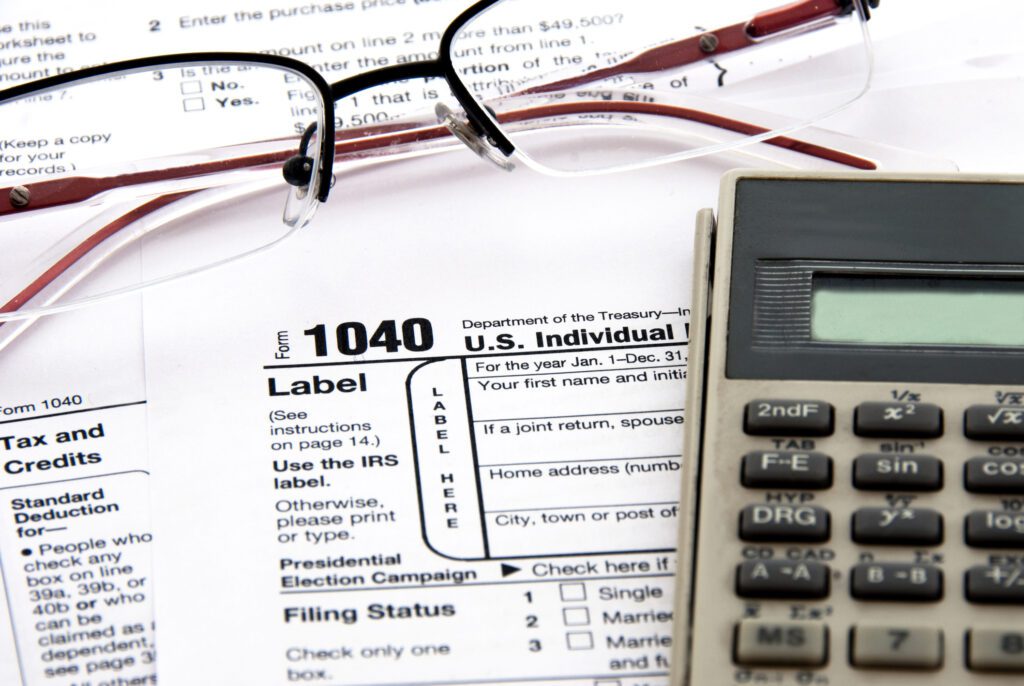Updated 1-23-24
Tax Day was introduced in 1913 when the Sixteenth Amendment was ratified. And while the deadline to submit tax returns hasn’t changed much since 1955 — when April 15 became known as Tax Day — opportunities for tax benefits have changed. People with disabilities in the United States may be eligible for various tax deductions and credits to help offset the costs associated with their condition. First, the following tax tips and resources may be helpful for some people within the disability community. Next, additional tips focused on maximizing tax benefits for inclusive businesses are also suggested.
Maximizing Tax Benefits for Individuals with Disabilities
- Medical Expense Deduction: Individuals with disabilities may be able to deduct certain medical expenses that exceed 7.5% of their adjusted gross income. This includes
expenses for equipment, therapy and transportation to and from medical appointments. - Disability Income Exclusion: If you receive income from a disability policy that you paid for yourself, you may be able to exclude that income from your taxes.
- Tax Credit for Caregivers: Caregivers of dependents with disabilities may be eligible for a tax credit of up to $500.
- Specially Adapted Housing Deduction: Certain expenses for the construction or renovation of a home to accommodate a disability may be tax-deductible.
- Social Security Disability Insurance (SSDI) and Supplemental Security Income (SSI) benefits are not taxed, so people with disabilities who receive these benefits will not have to pay taxes on them. You can find information on these tax benefits and more on the Internal Revenue Service (IRS) website. Additionally, the National Disability Rights Network (NDRN) is a good resource for information and support for people with disabilities.
Publication 907 Tax Highlights for Persons With Disabilities
Publication 907 Tax Highlights for Persons with Disabilities is a publication created by the Department of the Treasury Internal Revenue Service that provides information and guidance on various tax benefits, credits and deductions that may be available to individuals with disabilities and their families.
Note: It is recommended to consult a tax professional for personalized and detailed advice.
Maximizing Tax Benefits for Inclusive Employers
As a business owner, it is important to not only provide equal opportunities for all employees but also to understand the various tax benefits available for accommodating people with disabilities. Accommodating individuals with disabilities not only promotes diversity and inclusion in the workplace but can also provide significant tax savings for a company. Consider:
- The Americans with Disabilities Act (ADA) Tax Credit: This credit is available to
businesses that make their facilities accessible to people with disabilities. The credit is
equal to 50% of eligible expenses, up to $10,250 per year. - Disabled Access Credit: Small businesses with 30 or fewer employees and $1,000,000 or less in gross receipts can claim a credit of up to $5,000 for expenses related to providing accessibility for people with disabilities.
- Disabled Access Credit: This tax benefit allows eligible small businesses to claim a credit of up to $5,000 for expenses related to making their facilities accessible to individuals with disabilities. This credit can be claimed annually and can be used to cover costs, such as installing ramps, elevators or other accessibility equipment. The IRS provides additional details surrounding this credit on its website.
- Architectural and Transportation Barrier Removal Deduction: This deduction allows eligible businesses to claim a deduction of up to $15,000 per year for expenses related to removing architectural and transportation barriers for individuals with disabilities. This deduction can be used to cover expenses such as widening doorways or installing wheelchair ramps. Again, additional information is outlined by the IRS.

More Tax Tips for Inclusive Businesses
In addition to these tax benefits, it’s also important to note that under the Americans with Disabilities Act (ADA), businesses with 15 or more employees are required to make reasonable accommodations for individuals with disabilities. This includes providing assistive technology, adjusting work schedules and making physical changes to the workplace. The U.S. Department of Justice’s Civil Rights Division provides more information about the ADA and the requirements for businesses on its website.
To learn more about these tax benefits and how to apply them to your business, visit the Small Business Administration’s (SBA) website which has an overview of the
tax benefits for small businesses that comply with the Americans with Disabilities Act (ADA); and also review guidance housed on the IRS’s website for details on the Disabled Access Credit and the Architectural and Transportation Barrier Removal Deduction.
By understanding the various tax benefits available, business owners can make informed decisions about how to better accommodate people with disabilities while potentially saving in taxes. Simply put, maximizing tax benefits for accommodating people with disabilities is smart business!
Like this article? You may also like:
Is a Service Animal Tax Deductible
Here’s Where People with Disabilities Can Find Tax Return Assistance






